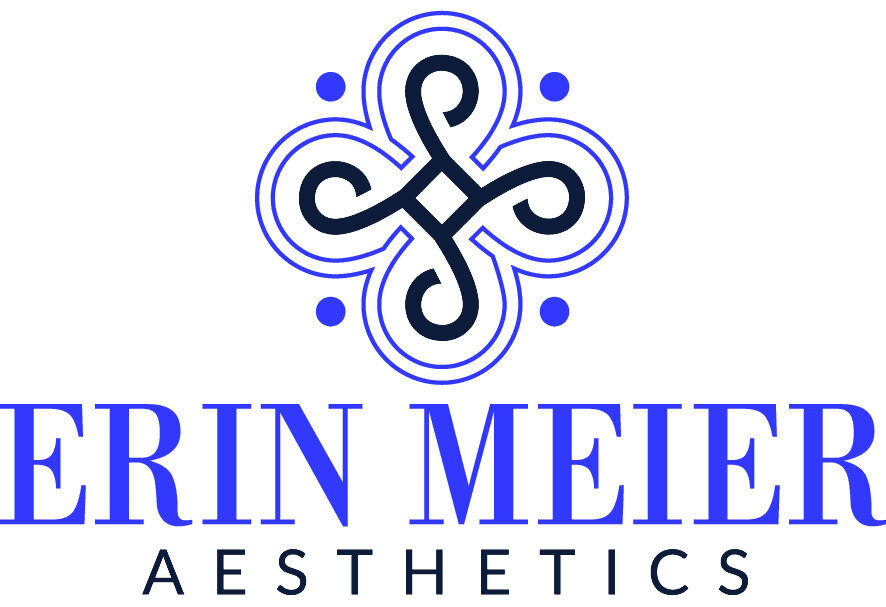
scar camouflage |
Stretch Mark camouflage
Scar camouflage is a great way to boost your confidence. if you struggle with insecurities related to the appearance of a scar, we’d love to help.
A scar is a natural part of the bodies healing process. Scars occur when the dermis layer of the skin is damaged. The body will create new collagen fibers to the damaged area however, it cannot rebuild the fibers exactly as they were before the injury; therefore creating a scar. How a person heals damaged skin depends on heredity and skin characteristics.
What can be done to camouflage your scars - Paramedical Micropigmentation -
Scar camouflage (otherwise known as scar tattooing, scar solutions or scar revision) is a paramedical micropigmentation procedure that uses specialized pigments that mimic and camouflage the area of the scar blending with the person's natural skin color. The area needs to be lighter than the surrounding skin and not have a red, pink or a raised appearance to the scar. The process of camouflaging a scar varies greatly from client to client depending on the scar tissue and the severity. Scar tissue is more unpredictable than undamaged skin. Most of the time several treatments are required to achieve the best results and many color variations are used to mimic the skin's appearance.
Who is a Candidate for scar camouflage services:
Burn Scars
Burn Grafts
Facelift Scars
Surgical Scars
Hair Transplant Scars
Hypopigmented Scars (scars that are lighter than natural skin tone)
Stretch Mark Camouflage
Average Price = $350-$600
Scar camouflage is a great option for stretch marks or certain types of scarring. It is very important to remember the pigment that is applied will not change with tanning or spray tan. A consultation is the best way to determine the recommended treatment. Other options such as Micropen to build new collagen to the area is a treatment option in place of scar camouflage. A blend of pigments is glided across the skin in the groves, with a group of needles, to the area that is damaged. This method can be used on all skin types as long as someone is not prone to keloid scarring. The bodies wound healing response kicks in to build new collagen to the area while blending with the added pigment to minimize the scar. Keep in mind the scar will not look like it did before but improvement is shown usually with one treatment. For best results 2-4 treatments would be recommenced, 4-6 weeks apart for best results.
Hair transplant scars benefit greatly with scar camouflage or scalp micropigmentation. Scalp Micropigmentation fills in the areas of the scalp that was missed or rejected by the transplant. The addition of extra pigment among existing or regrown hair enhances the procedure giving the illusion of a full head of hair and more youthful appearance.
